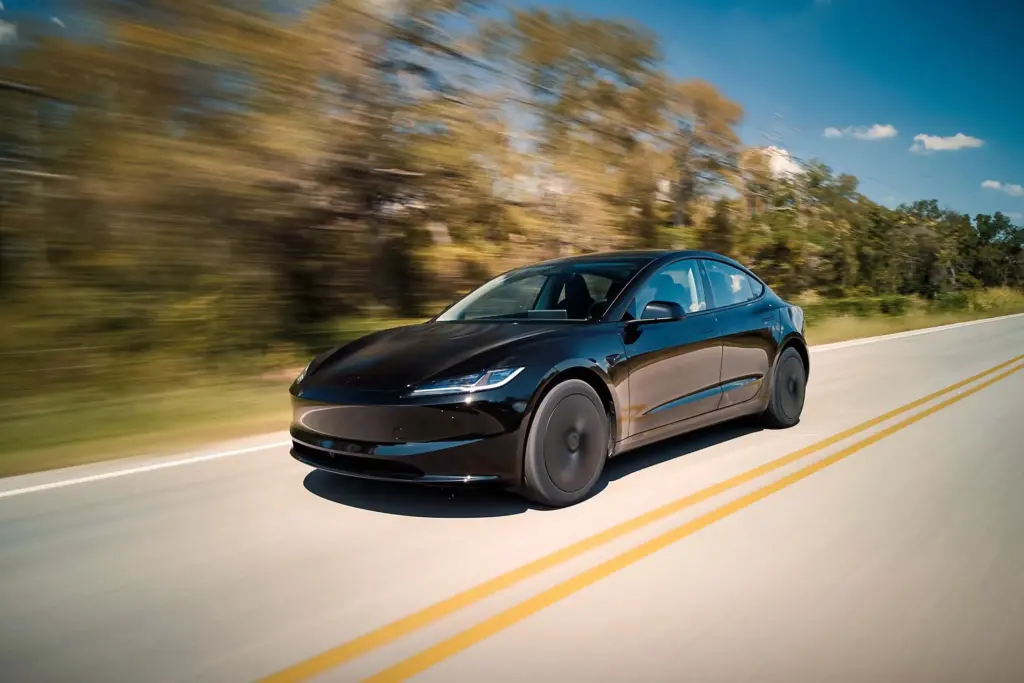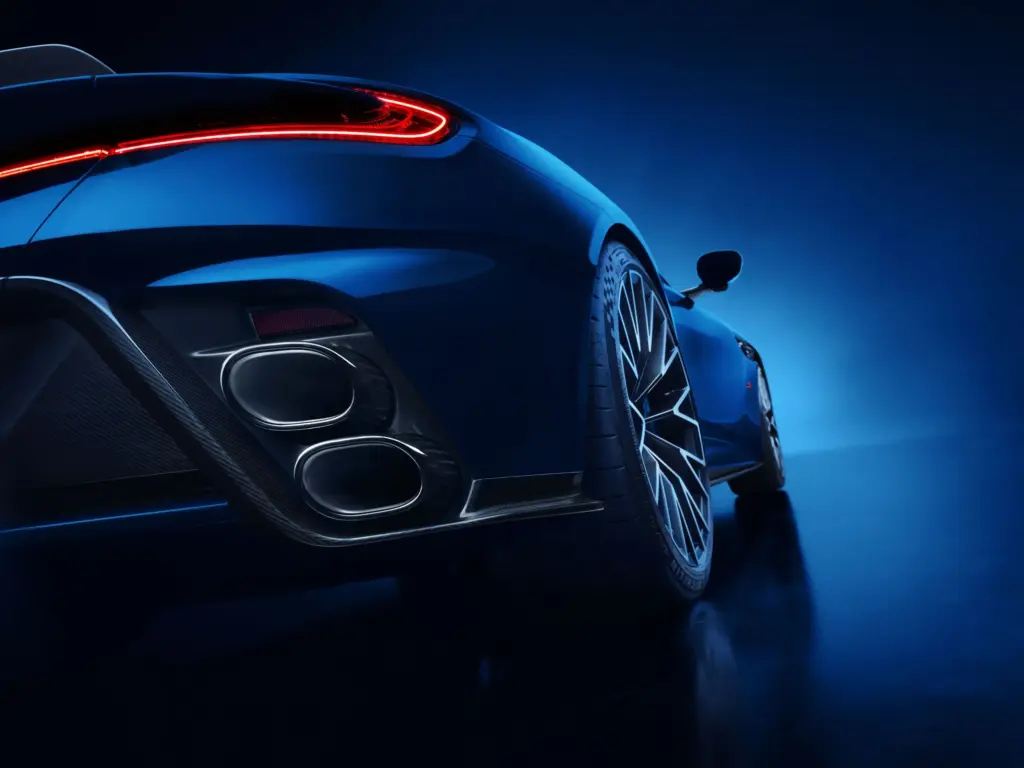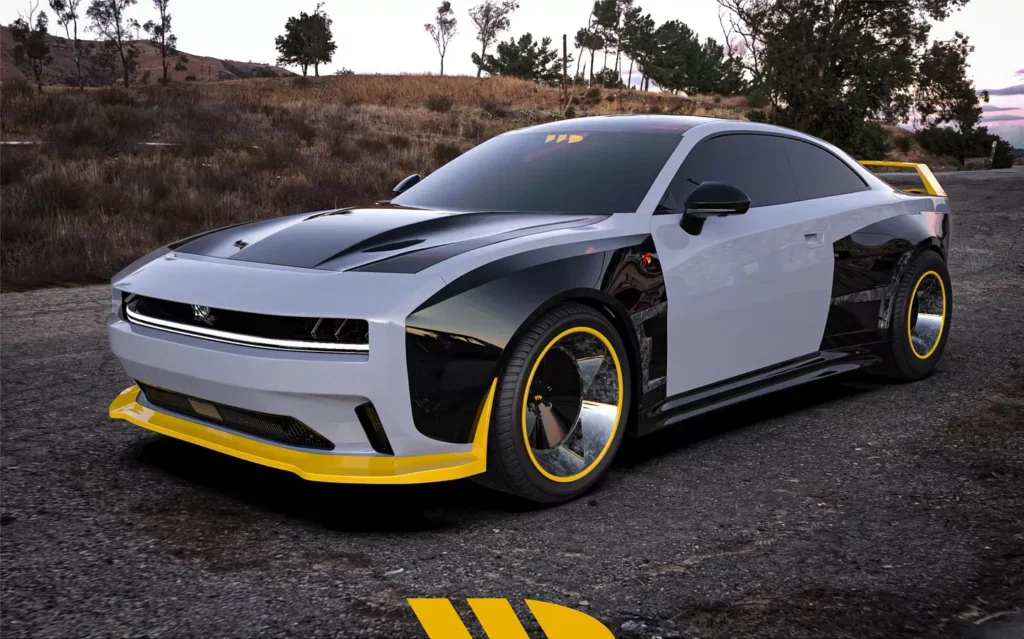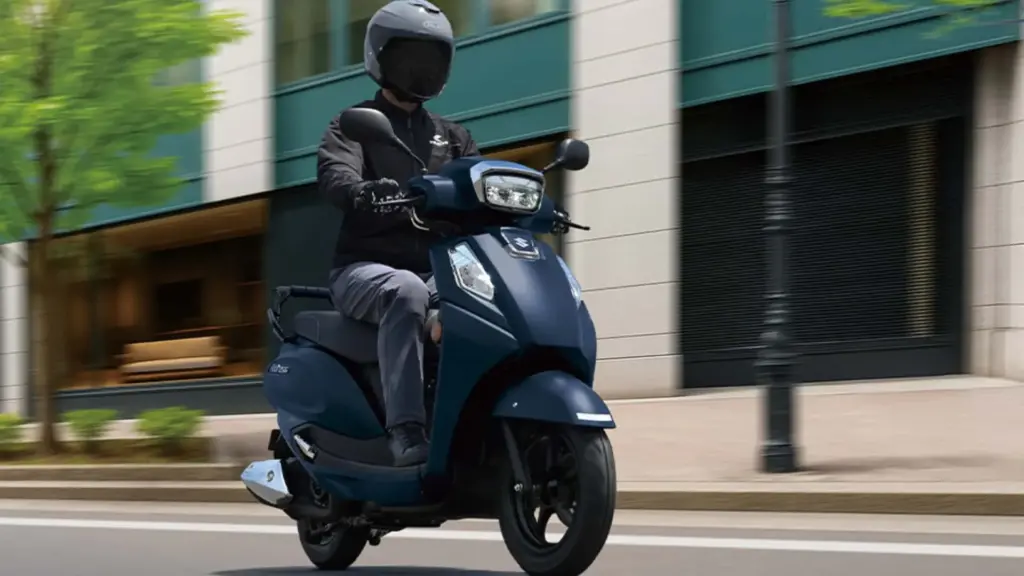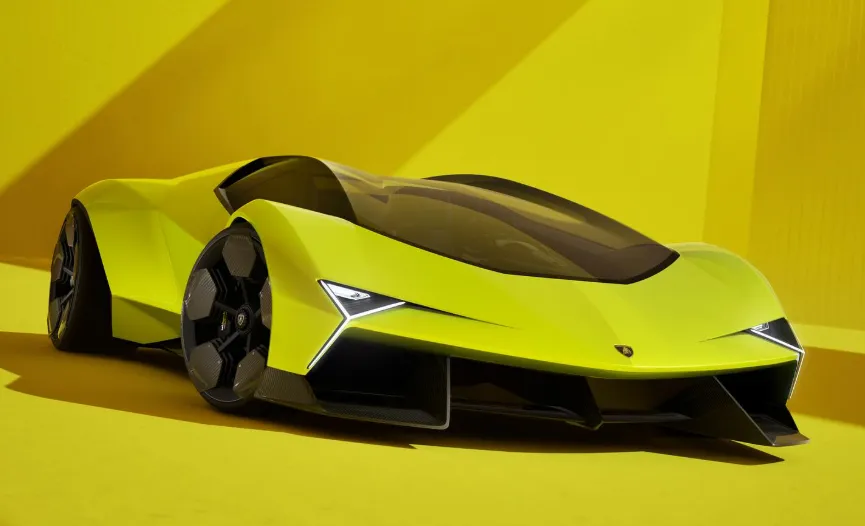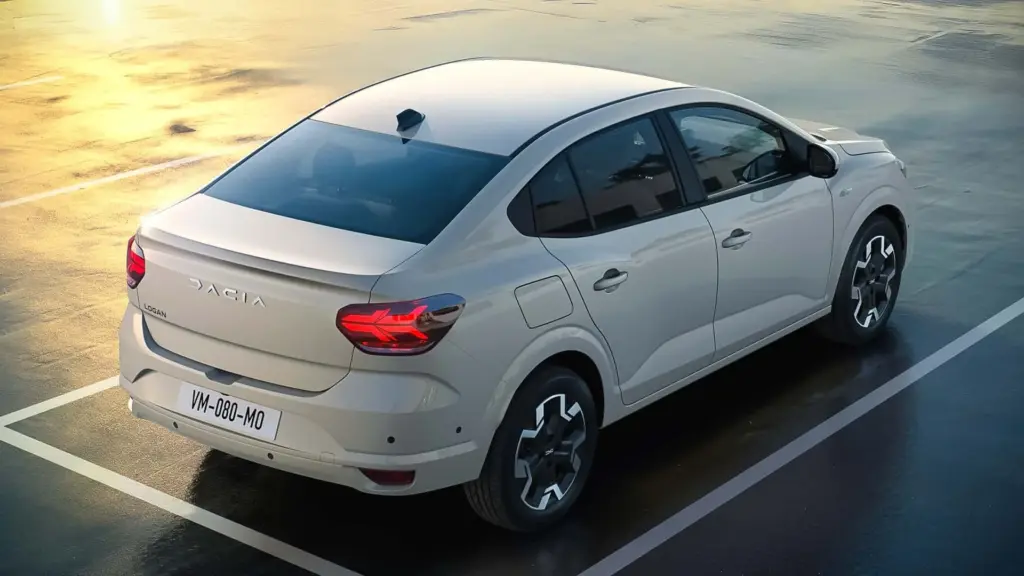The RML GT Hypercar is based on the 992.1 Turbo S and takes it to the extreme: redesigned chassis, active aero, and a flat-six prepared for 907 hp. It’s street-legal, but born to devour long tracks, with aggressive lap targets and a focus on high-speed stability.

What is the RML GT Hypercar and why does it matter today?
It’s an artisanal hypercar based on the Porsche 911 Turbo S (992.1), inspired by the spirit of the victorious GT1 from the 24 Hours of Le Mans. The project was initially called P39 and now reaches production with only 39 units—ten of them in a special edition.
The GT Hypercar aims to connect endurance racing heritage with contemporary performance: useful downforce, improved cooling, and a focus on lap consistency, similar to racing projects like the Porsche 963 RSP inspired by Le Mans.
What changes to the 992 Turbo S create a true hypercar?
The chassis has been stretched in the wheelbase and widened in the track, enhancing stability during late-braking and quick directional changes. The goal is to gain mechanical grip before requesting more wing, maintaining efficiency.
The wider proportions are combined with structural reinforcements and suspension components focused on precision. Famous restomods demonstrate the potential of the 911, like the Singer 911 with Cosworth engine, but RML’s approach goes beyond style: it’s engineering for track rhythm.

How do active aerodynamics and the enlarged chassis work together?
The package includes active aerodynamics with an adjustable rear wing and a prominent front splitter. This allows for more downforce when needed and less drag on straightaways, maximizing top speed without sacrificing confidence in high-speed corners.
The combination of wider track, longer wheelbase, and variable aero reduces unwanted transfer and broadens the tire contact patch. The approach echoes the track-focused 911s like the latest-generation 911 GT3, but with an even more extreme stance.
Does the 907 hp flat-six deliver real-world performance?
The 3.8-liter flat-six has been extensively reworked (by Litchfield), delivering 907 hp and 738 lb-ft of torque. The gearbox is expected to follow the 8-speed PDK from the Turbo S, prioritizing instant shifts and thermal robustness for long stints.
The goal is hypercar-level pace: aggressive acceleration, brutal pulls, and target lap times close to 6 minutes 30 seconds on long circuits. The focus on lap times recalls electric record-breakers like the Taycan Turbo GT on attack regimes, but here with the visceral feel of a twin-turbo boxer engine.
What do the Performance and Track packages add?
The 10 Special Edition units come with the Performance Pack and Track Pack as standard: adjustable ride height, rear cage, and rear seat removal to reduce mass. It’s the kind of refinement that turns a good time into a great one.
With less weight, a lower center of gravity, and increased rigidity, the GT Hypercar becomes a “ready-to-stint weapon”. The philosophy is similar to purist modifications based on the 911, like the Rezvani RR1 with Porsche DNA, but with ambitions for a global hypercar presence.

Who does it compete with, and how does the GT Hypercar compare?
It targets rivals that deliver extreme lap times and excitement, including variants of the 911 and hardcore super sedans converted into track toys. The point is simple: extended chassis + active aero + 907 hp = broad and predictable performance window.
Price? Not disclosed. But with a limited run of 39 units and advanced engineering, expect a significant premium in $/€. The good news: it’s street-legal and ready for international track days—without race manuals needed to unlock performance.
Quick Highlights
- Base: 992.1 Turbo S
- Power: 907 hp
- Torque: 738 lb-ft
- Active aerodynamics: yes
- Wheelbase: extended
- Wider track
- Limited edition: 39 units
- Street legal: yes
Direct comparison in bullets
- GT Hypercar: 907 hp, focus on long-distance runs
- GT2-like: less comfort, more rawness
- GTD-like: active aero and lap targets
- Restomod 911: charm, less downforce
- EV track-spec: instant torque, weight
FAQ — Essential Questions
- What model is it based on? The Porsche 911 Turbo S (992.1), with deeply revised chassis and aero.
- What are the power and torque? 907 hp and 738 lb-ft from the 3.8 flat-six twin-turbo, built for intense use.
- Does it have a manual transmission? RML hasn’t confirmed, but all signs point to maintaining the 8-speed PDK.
- Street legal? Yes, despite its track focus, the car is homologated for public roads.
- Price and production? Price undisclosed; limited to 39 units worldwide (10 Special Edition).
Want to dive even deeper into the heritage and evolution of Porsche track and street cars? Explore how the brand blends classic sportiness and innovation with the spirit of the 911 Club Coupe in an iconic look.
What would you do differently in this setup? Comment below and tell us your ideal setup to achieve faster laps!


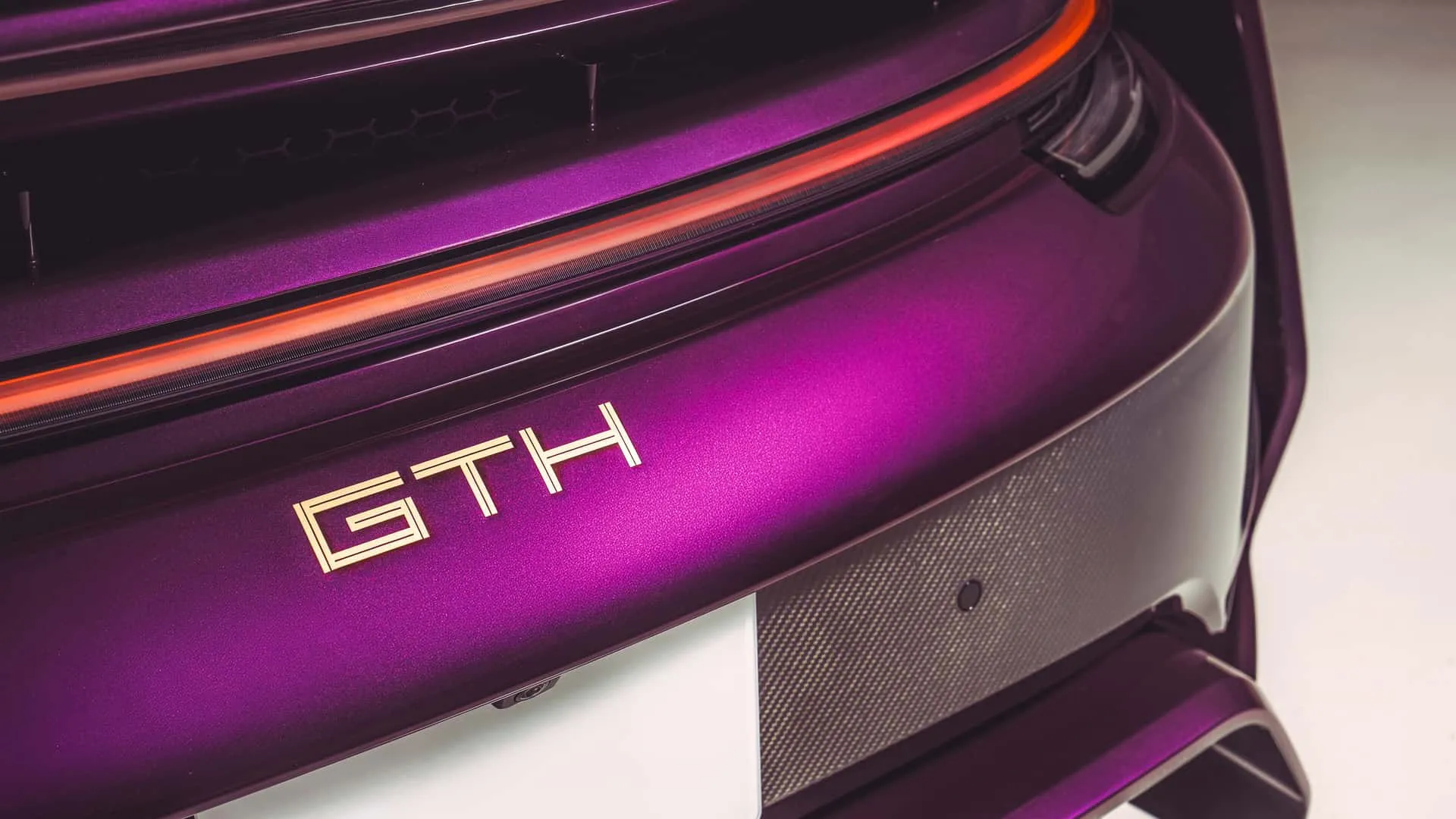

Author: Fabio Isidoro
Founder and editor-in-chief of Canal Carro, he dedicates himself to exploring the automotive universe with depth and passion. A car and technology enthusiast, he produces technical content and in-depth analyses of national and international vehicles, combining quality information with a critical eye for the public.

